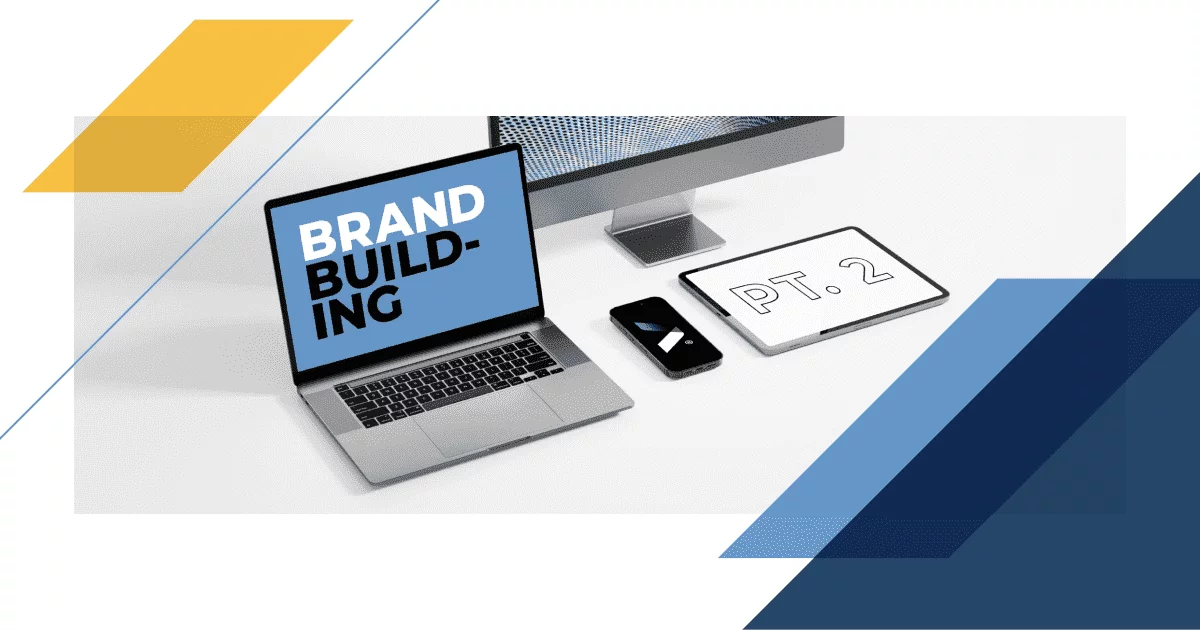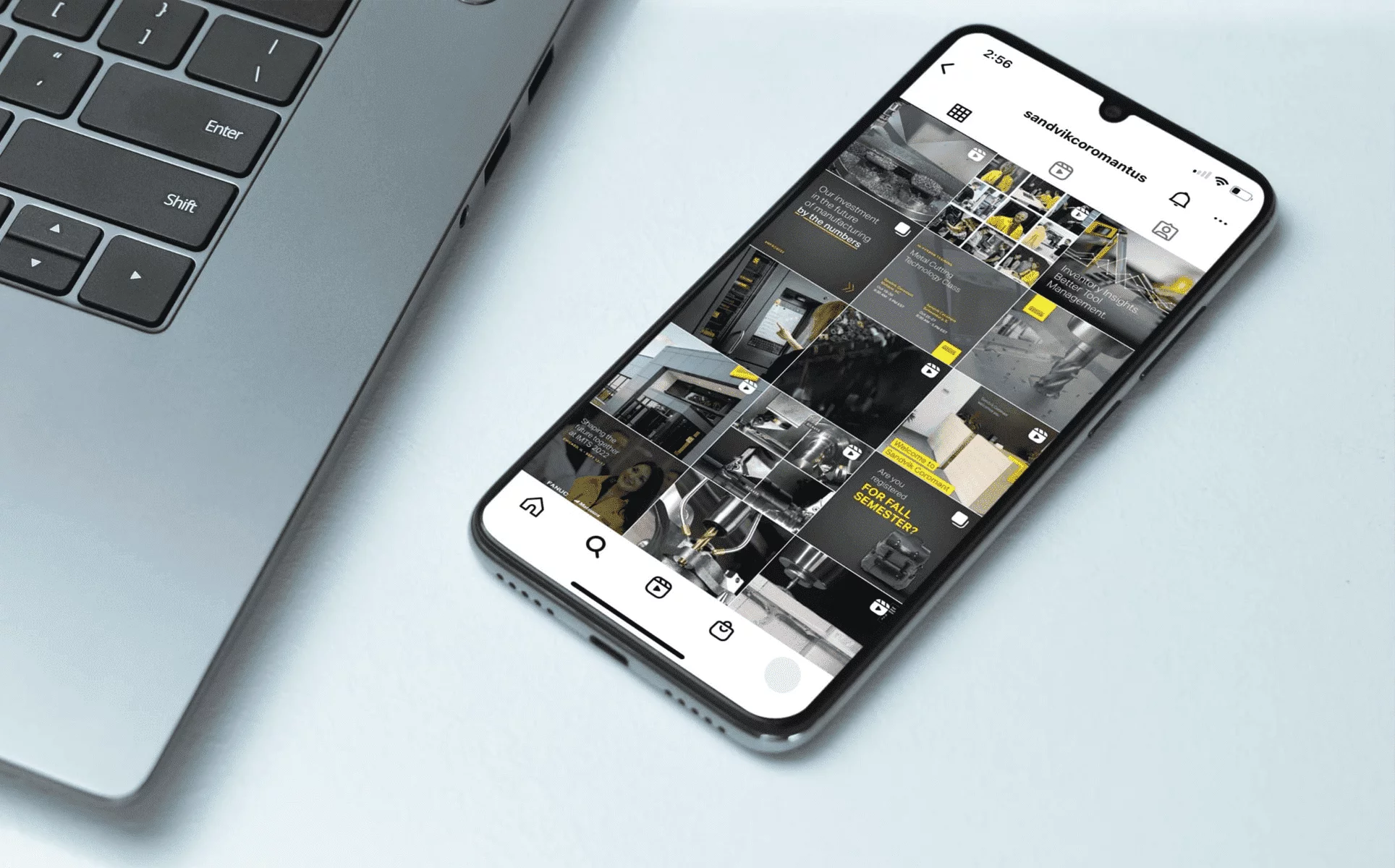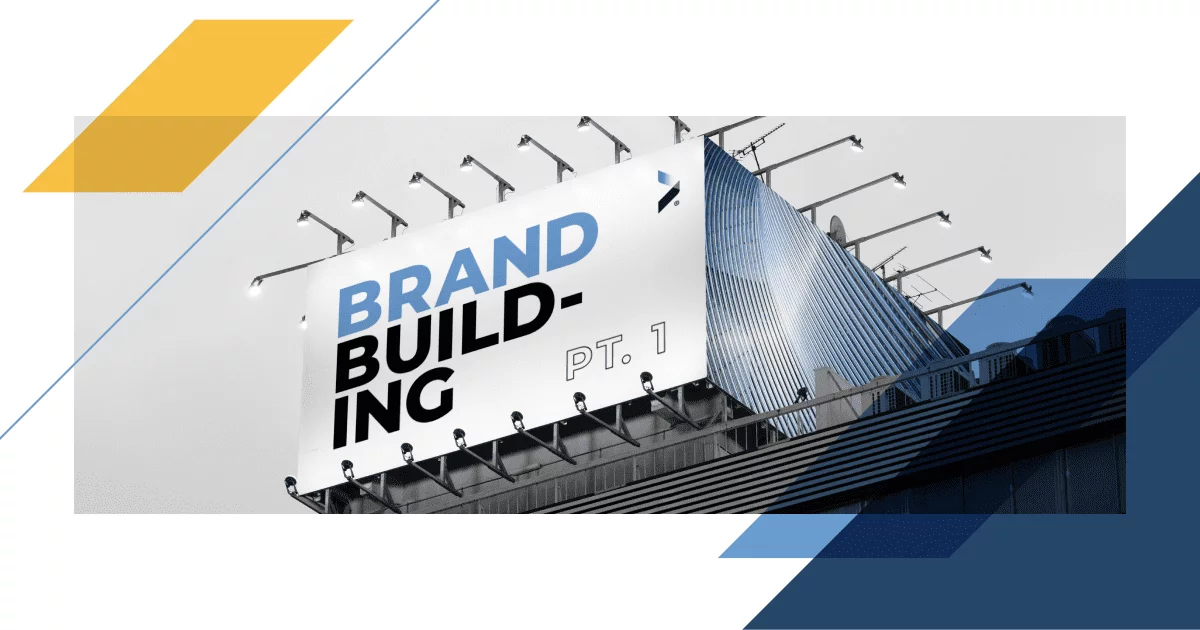Mastering Brand Building in Complex B2B Industries (Part 2)

Understand your audience? ✔️
Crafted a compelling value prop? ✔️
Developed a consistent brand identity ✔️
Established how to measure success? ✔️
In the first part of our two-part blog series, we explored how to establish a strong foundation for brand building (hint: see above).
Once that’s established, it’s time to move your message to market. Whether your brand’s bread-and-butter is life sciences, chemicals, heavy equipment, manufacturing, material handling or the built environment, we’ve got the actionable insights and practical tips you need to elevate your brand.
Leveraging Content Marketing
Create Valuable Educational Content
Content marketing is a powerful tool for building brand authority and engaging your audience. Well-executed educational content positions your brand as a trusted resource in your industry. It also demonstrates your expertise and helps build credibility with your audience. By focusing on providing actionable and relevant information that addresses your target personas’ needs and pain points, you add real value to your readers’ day-to-day.
Here are a few types of content marketing assets that share expertise and foster dialogue:
- How-to guides to simplify complex processes
- White papers that explore industry trends, challenges and solutions in detail
- Infographics to present data visually for clearer understanding
- Webinars to foster direct interaction and community engagement
- Case studies that showcase the real-world application of solutions to specific, relevant challenges
💡Case studies are powerful testimonials, but getting customers to buy-in to participation can be a challenge. Here are 5 tips to help.
Engage in Thought Leadership
Thought leadership strategically positions your brand by sharing expertise and insights that influence and inspire others. Positioning yourself as a thought leader builds credibility and trust with your audience. It demonstrates your knowledge and experience, making your brand a go-to resource for information and advice. Thought leadership also helps differentiate your brand from competitors and establishes your authority in the industry.
What does thought leadership look like?
- Publishing research papers: Share innovative methods and findings that help the audience make more informed decisions.
- Hosting expert panels or webinars: Address complex industry challenges, like supply chain disruptions, to foster collaboration and deeper understanding.
- Contributing to industry publications: Write articles that present insights, analysis and solutions to help the audience solve their challenges or find new opportunities.
- Participating in podcasts: Engage in discussions that spotlight relevant topics, reinforcing commitment to knowledge sharing and building community connections.
Elevating Customer Connections
Implement Personalized Communication Strategies
Personalization is another step in building strong customer relationships. Audiences are more likely to feel valued and understood when they receive personalized emails, tailored content recommendations and customized offers. It enhances their experience with your brand and fosters loyalty.
Numerous tools can elevate personalization strategies. For example, customer relationship management (CRM) systems gather actionable insights that go beyond basic demographics. These platforms allow you to track interactions, preferences and pain points, creating a comprehensive picture of your audience. By tapping into these insights, you can craft messages that resonate deeply, transforming generic outreach into meaningful conversations that inspire action.
Landing pages, likewise, are a powerful tool for building strong customer relationships. Tailor pages for specific audience segments to reflect their unique needs and aspirations. Consider leveraging specific case studies, content and even calls to action to cater to each audience.
Whether you choose CRMs, landing pages or other tools, like automated email campaigns, make good use of the data and insights they generate to continually refine your audience segments and targeted messages.
Foster Engagement Through Social Media

A powerful platform for engaging with your audience and building brand loyalty, social media is ideal for sharing valuable content, interacting with your audience and participating in industry conversations. Content that encourages interaction — think polls, questions and contests — can be particularly engaging.
Don’t underestimate the power of building community. Promptly respond to your audience’s comments and messages on brand posts and profiles. In addition, give thanks via likes or comments whenever your audience shows support or shares brand love.
You can move engagement to the next level by highlighting user-generated content and celebrating your audience’s successes. No matter how you engage with fans, use social media analytics to track engagement so you can better understand what resonates with your audience and evolve accordingly.
🤣 You can use humor to boost engagement.
Encourage Customer Feedback and Testimonials
Improving your products, services and overall customer experience is crucial for brand building, which makes customer feedback invaluable. Encourage your customers to share their feedback through surveys, reviews and testimonials. And — just as importantly — listen to their suggestions and address concerns promptly.
Take full advantage of testimonials, which serve as powerful social proof and can significantly influence potential customers’ decisions. Highlight these statements on your website, social media and marketing materials. Showcasing real customer experiences builds trust and credibility, making your brand more relatable and trustworthy.
Continuous Innovation
Staying Ahead of Industry Trends
The challenge of building a strong B2B brand doesn’t end when a brand-building campaign launches. It’s a continuous process rooted in innovation. To stay relevant, take a proactive approach that regularly monitors industry trends to identify emerging challenges and opportunities. Investing in research and development is crucial, allowing your team to fine-tune or expand existing products, services and processes — as well as introduce new offers.
One of the most effective ways to stay innovative is to stay connected. Attend industry conferences, join professional organizations and network with peers to keep informed on the latest developments. Collaborate with thought leaders and industry experts to gain valuable insights and perspectives. By staying ahead of industry trends, you position your brand as a forward-thinking leader.
Fostering a Culture of Creativity and Innovation
A culture of creativity and innovation fuels brand growth and differentiation. Encourage your team to rethink the routine, dream differently and break molds. Leveraging collaboration, experimentation and learning helps you build a culture that propels the brand forward with energy — and that can be a differentiator in what might otherwise be considered “boring” B2B industries.
How do you cultivate this culture? Provide opportunities for professional development and skill-building to keep your team motivated and engaged. Recognize and reward innovative thinking and contributions. However you choose to do it, a culture of creativity and innovation drives continuous improvement and positions your brand as an industry pioneer.
💡Get tips and insights on building an innovation ecosystem in our podcast conversation with best-selling author Carla Johnson.
Final Thoughts
Building a strong brand in complex B2B industries requires a strategic, comprehensive approach. In this two-part blog series, we’ve shared ways to elevate your brand, from understanding your audience and crafting a unique value proposition to leveraging content marketing and fostering continuous innovation.
Remember, brand building is an ongoing process that requires dedication and adaptability. Stay committed to your brand’s mission and vision, and continuously seek ways to improve and innovate. In doing so, you will build a brand that resonates with your audience, drives business growth and achieves long-term success.
Let’s work together to elevate your brand and achieve your marketing goals.
Sign Up for our Newsletter - Get agency updates, industry trends and valuable resources delivered directly to you.
Godfrey Team
Godfrey helps complex B2B industries tell their stories in ways that delight their customers.




